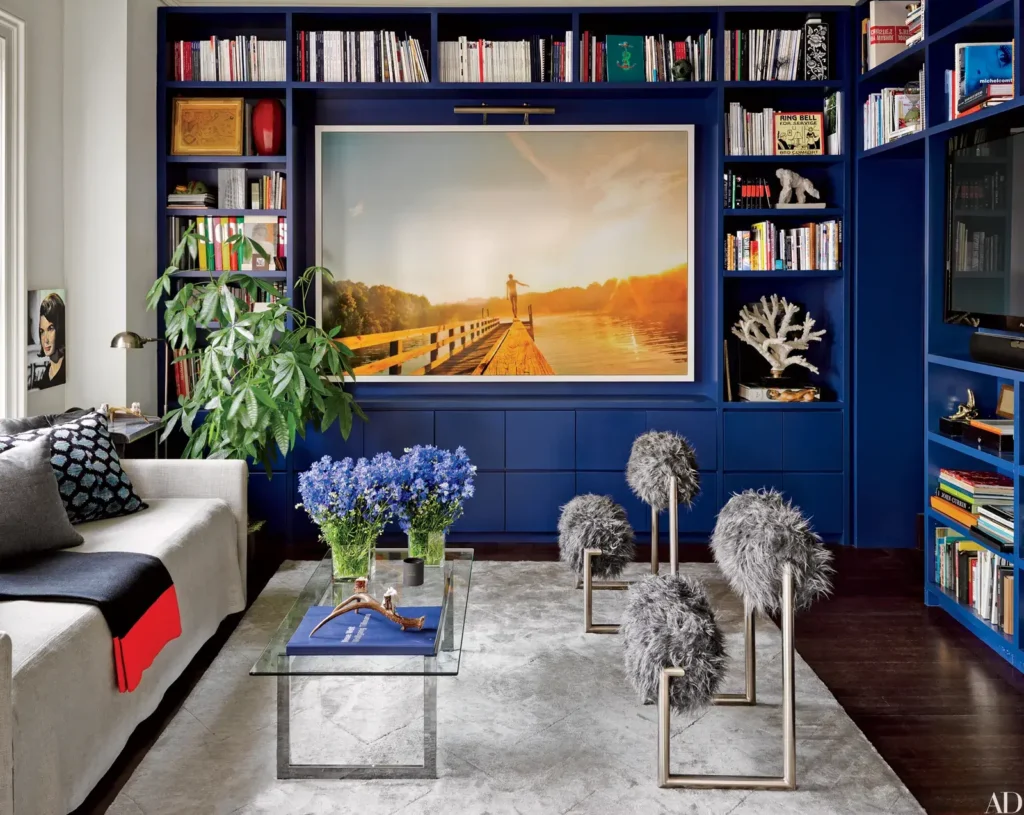Ever hang up a picture or painting and feel like something’s missing? Maybe it doesn’t stand out the way you imagined. One small trick can make a big difference—lighting. A soft, focused light above your artwork can turn a plain wall into something truly eye-catching.
A painting light is made just for this. They brighten up artwork, family photos, or anything you want to show off on your wall. You don’t need a fancy home or a big budget. With the right light, any piece can pop with color and detail, day or night.
Why Even Use a Light?
Without light, even beautiful art can go unnoticed. Good lighting brings out textures, colors, and small details. It can also help set the mood in your space, warm and welcoming instead of dark and flat.
A small light above your art draws people’s attention. It says, “Hey, look at this!” and gives your walls a more finished, cozy feel. It’s a quick way to upgrade your room without changing anything else.
The Main Types You Can Choose
There are three basic kinds of lights you’ll find when shopping:
- Plug-in lights: Easy to install. Just hang the light and plug it into the wall. No special tools or setups are needed.
- Battery-powered lights: Great if there’s no outlet nearby. They look clean since there are no cords, but remember to replace the batteries every now and then.
- Hardwired lights: These are built into the wall. They look super neat, but they need an electrician to install them. It’s a good choice if you’re remodeling.
Each type works well—it really depends on your space and what’s easiest for you.
Size and Style: Keep It Simple
Choosing the right size light is more important than you think. A light that’s too short won’t reach across your painting. One that’s too big might look out of place.
A helpful tip: go for a light that’s about half to two-thirds the width of your artwork. That usually gives even coverage without looking awkward.
As for style, go with something that fits the rest of your room. Some lights look sleek and modern; others have a vintage look. Choose one that lets the art stand out, not the light itself.
Warm vs. Cool: Picking the Right Glow
Lights come in different shades. Some are warm (more yellow), and some are cool (more white or blue). This is called “color temperature,” but you don’t need to get technical.
- Warm light is cozy and soft—great for classic or warm-toned art.
- Cool light is crisp and clean—good for modern art or black-and-white photos.
Don’t choose a light that’s too bright. You want to highlight the art, not make it look washed out.
Set It Up the Right Way
Where you place the light matters; if it’s too high or too low, the lighting might look off.
Try putting the light about 6 to 8 inches above the top of your artwork. If the light can tilt, angle it down slightly. This helps spread the light across the whole picture and avoids glare, especially important if your piece is behind glass.
For gallery walls with multiple pieces, you can either use one long light or several smaller ones spaced out. Go with whatever fits your wall best.
A Few Quick Tips Before You Shop
- Measure your artwork first: This helps you pick a light that covers the art without being too big or too small. A good rule is to choose a light that’s about half to two-thirds the width of your artwork.
- Decide whether you want a cord, batteries, or something built-in: Plug-in lights are easy and quick to install, while battery-powered ones give a clean, cordless look. Hardwired lights are permanent and neat, but usually need a professional to install them.
- Think about how the light will match your furniture or wall color: Choose a finish like black, brass, or silver that blends well with your room’s style. A light that matches your decor helps everything feel more pulled together.
- Choose warm or cool light based on what kind of art you have: Warm light adds a cozy yellow glow that works well with traditional or warm-toned art. Cool light is brighter and more white, which is great for modern or black-and-white pieces.
- Keep it simple: Pick a light that supports your artwork without stealing attention from it. The goal is to highlight your piece, not the light fixture itself.
Conclusion
A well-lit piece of art can change the whole feel of a room. With just one slight touch, it brings color, detail, and warmth to your walls. Whether it’s a family photo or your favorite painting, the right lighting makes it shine.
Ready to explore your options? Check out painting lights to find a style that fits your space and makes your artwork stand out.


